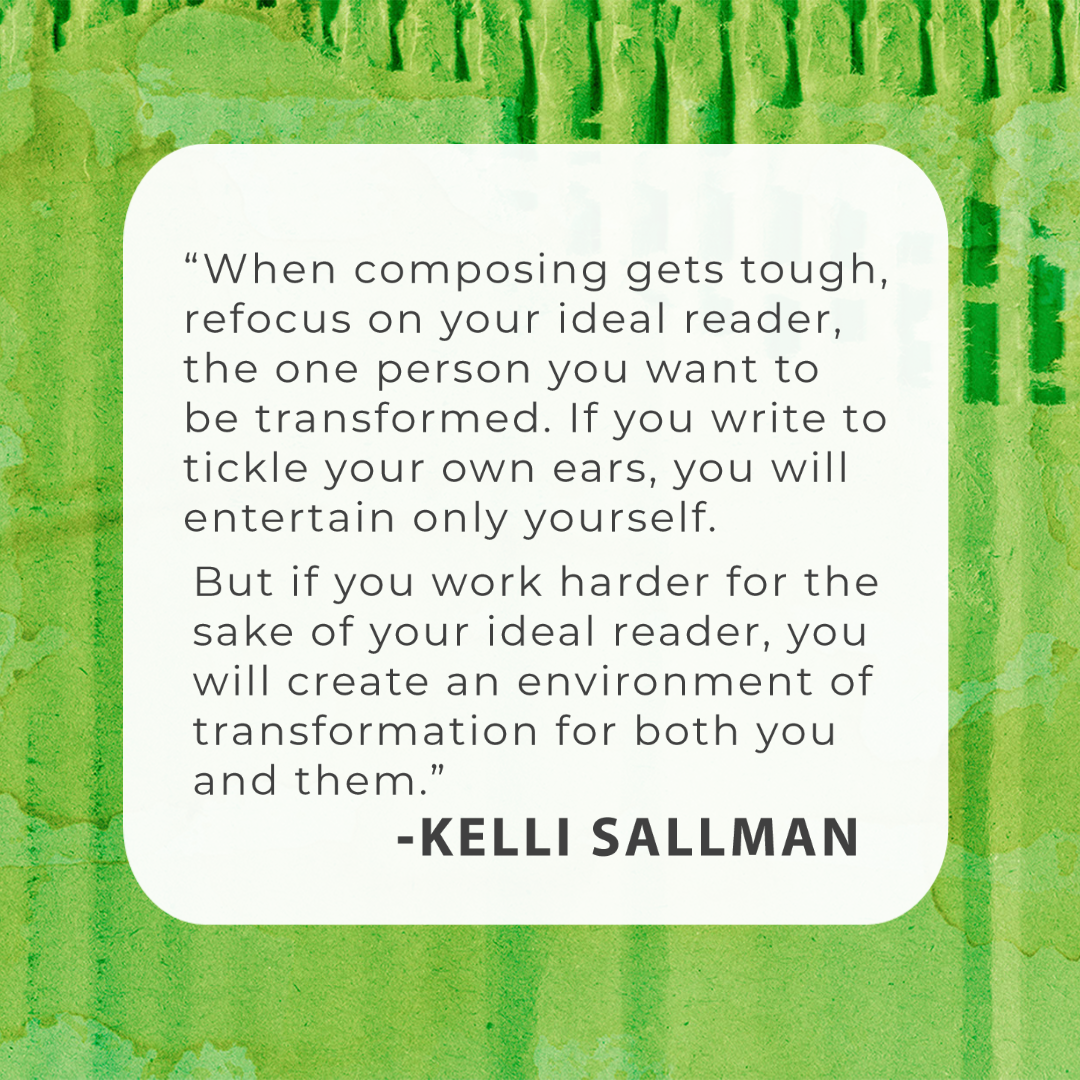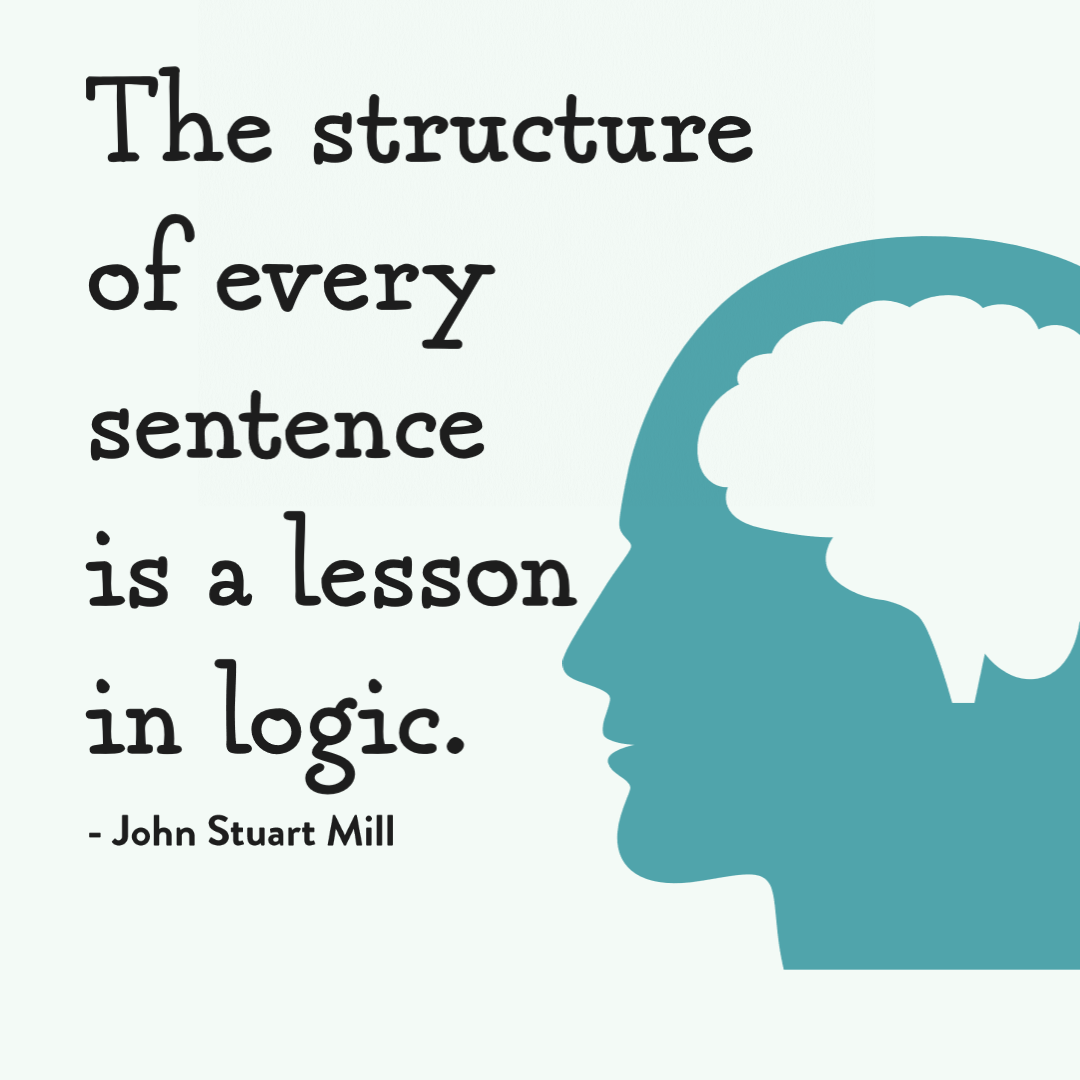September 2021
Volume 3 | Issue 4
Dear Reader,
The first day of fall arrived this week, and as though on cue, so did the cool fall breeze. Its timeliness seems a heavenly blessing this year, a nod from a holy parent that says, “I see you, and I understand the longings of your soul.”
This blessing joins several other timely gifts that have arrived with this new season of remaking routines and rituals in light of all that has changed in the past months. One new routine for me has been joining a new art and faith community in the Kansas City area, where I live. This meaningful connectedness flows through me, too, like autumn’s invigorating gust.
Are you participating in a community of souls connected by art and faith? If not, are you up for starting one? We hope that Inklings & Inspiration serves as a kind of art-and-faith companion for you, but we would also love to help resource you with ideas for how to gather and shepherd a community of faithful artists. Be on the lookout for an article about community-building in an upcoming issue. In the meantime, you are welcome to reach out to info@sallmanediting.com to connect with us and let us help you get started. Or email us and give us more ideas about how to connect by telling us what you’re doing!
In this issue, we’ve provided you a template for creating a riveting story from the details of your life, in “The Building Blocks of Memoir.” Along the way to publishing what you write, you might consider “Editing Out Your Ego.” Callie’s Corner can help you with that. And if you’re looking for some enriching conversation with some friends about art, grab a hot drink and settle in to read “Sacred Art.”
The Building Blocks of Memoir
by Kelli Sallman
One afternoon several years ago, my middle child came running up the basement stairs to show me his new Lego sculpture. In the instant I turned toward him, I saw it: Complex. Artful. In that same instant, I bumped it accidentally with my elbow. The sculpture dropped and shattered into its many pieces. My eyes grew large. I looked at my son and said, “Oh, Ben! I’m so sorry!”
“That’s okay, Mom,” he said, shrugging. “It’s all in my mind. I can put it back together again.”
Here’s the difference between me and my son when it comes to Legos: He has 3-D genius and can sculpt whatever he wants out of a table piled with the tiny building blocks. I’m willing to put in the hard work, but I need directions.
I suspect that a lot of would-be memoir writers are like me and Legos—we have the building blocks and the desire, but we need directions. Good news! I know where to get those.
Memoir is a popular subset of the narrative nonfiction genre, and it seems everyone wants to try their hand at it these days. But writing good memoir brings two challenges: (1) it depends on excellent storytelling technique, and (2) it must remain true to life. In other words, unlike with a novel where the author can change facts, characters, and plot points to fit the needs of the story or add more pizzazz, in memoir, authors have to work with the bricks they have. A green, eight-prong Lego will never be a white, four-prong brick. It is what it is. Memoir authors must hone their authorial eyes to see the story that’s already there and tell it for all it’s worth.
Editing Out Your Ego
9 Things in Your Writing That Need to Go
by Callie Johnson
In the world of writing, temptation lurks around every corner. Misplaced commas, incorrect homonyms, typos, and missing antecedents litter the sidewalks of our writing, waiting to trip us up and ensnare our prose. And from poorly lit alleys comes the seductive whisper of our own egos. In the adrenaline rush of finishing a first draft, our egos rejoice. “I did it! I’m a writer! I actually wrote something!” But when we sit down to edit, our ego turns into a Gollum-like voice, sniveling, “I wrote it that way because that’s the right way to write it! Leave it alone!”
We struggle to edit out inflated pride because most sentences don’t leap off the page as self-serving. But once you know what to look for, ego can be beaten like any other writing foible. Let’s explore nine warning signs of ego-driven writing.
Sacred Art
a Theology-in-Process Conversation
with Kelli Sallman, Mike Burke, and Callie Johnson
This month, we discussed the question of a sacred-secular divide. What makes a piece of art worth our time, or even good? Is there a difference between sacred and holy when it comes to art, and is it appropriate for Christians to read the more mainstream genres of sci-fi and fantasy? Delving into the pursuit of everyday holiness, here are some thoughts on bringing Christian discernment to the complex world of art.
Kelli: The main concern frequently presented is that sci-fi and fantasy books are usually general readership, as opposed to works put forth by the Christian publishing model, which involves sacred imagination and worldview. So the question of reading sci-fi and fantasy really comes down to this: Is there a sacred and secular divide?
Mike: I’m going to say no, because I think you have to come down on one side or the other.
Now we know that some things are appropriate or not appropriate, and I think we have to use our own judgment. But I’ve seen a guy from the pulpit boasting, “In my house we only listen to Christian music. I only have Christian magazines.” And that’s just bragging. I can find in Scripture where it says you’re getting your reward right now.
I have many more-liberal friends on Facebook because I want to understand what and how they’re thinking. And I think you can and should read or watch things that are secular. Now I’m not advocating we all start watching only R-rated movies any more than I would encourage excessive drinking. You have to be smart, right? But we’re talking about stories.
Breaking Bad is terrible, but it’s well done at the same time. And what I appreciated about it was that they never glorified what the main character did. It destroyed him, and at the very end of the show—spoiler alert—he actually says, “Yeah, it was all about me.” So I think that’s a positive message in the sense that you have to be careful about your motivations behind doing anything.











Hit your word count.